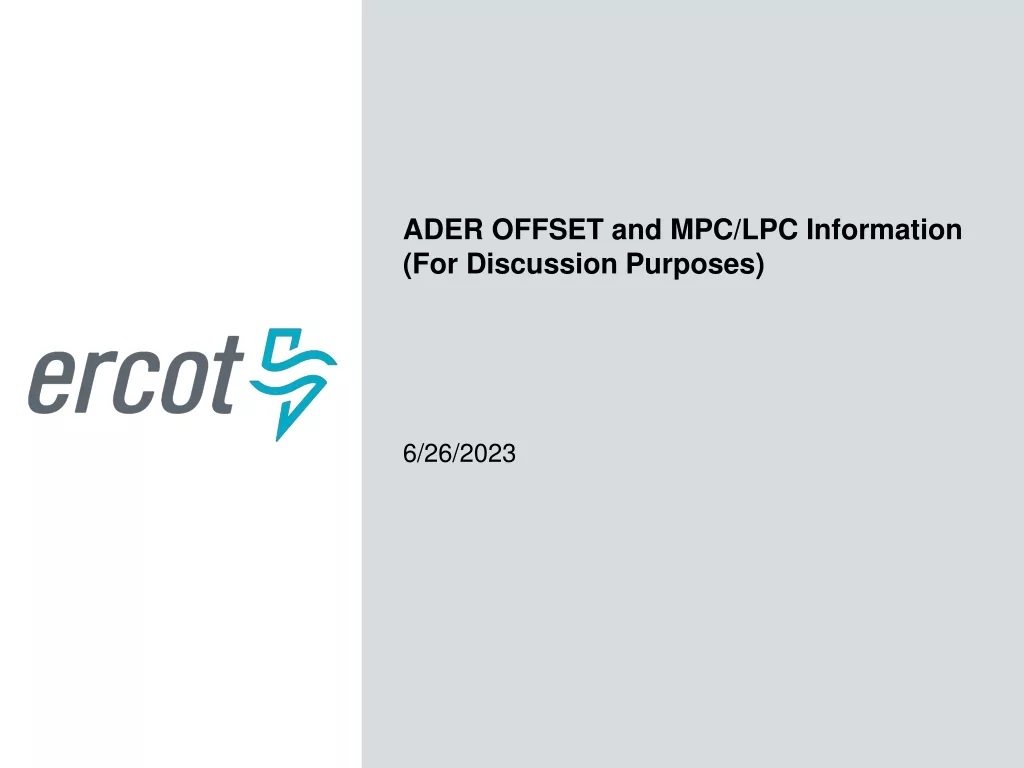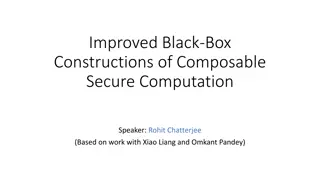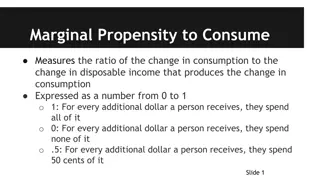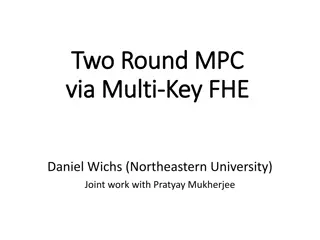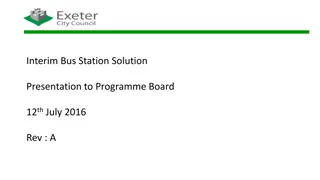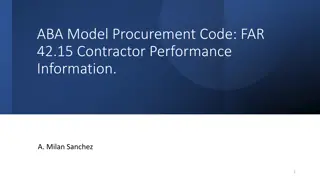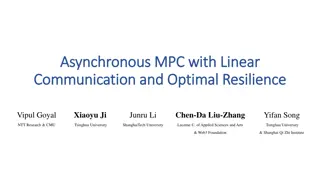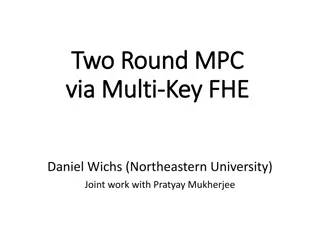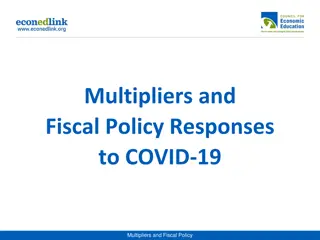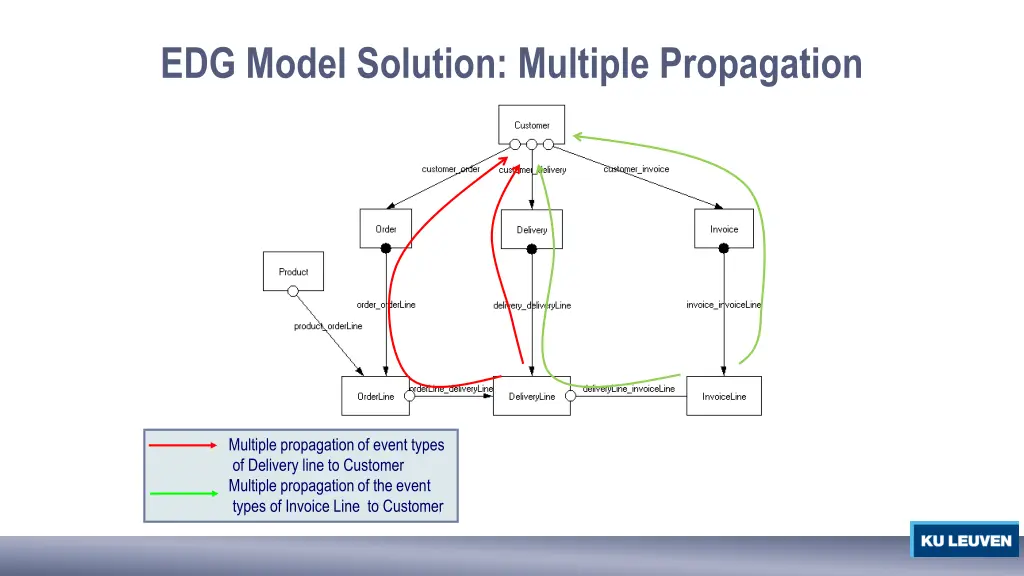
EDG Model Solutions: Propagation of Event Types in Customer Orders
Explore three variants of the EDG model focusing on the propagation of event types in customer orders, invoices, and deliveries. Each variant enforces specific customer relationships, providing insights into efficient data flow and customer management in business processes.
Download Presentation

Please find below an Image/Link to download the presentation.
The content on the website is provided AS IS for your information and personal use only. It may not be sold, licensed, or shared on other websites without obtaining consent from the author. If you encounter any issues during the download, it is possible that the publisher has removed the file from their server.
You are allowed to download the files provided on this website for personal or commercial use, subject to the condition that they are used lawfully. All files are the property of their respective owners.
The content on the website is provided AS IS for your information and personal use only. It may not be sold, licensed, or shared on other websites without obtaining consent from the author.
E N D
Presentation Transcript
EDG Model Solution: Multiple Propagation Multiple propagation of event types of Delivery line to Customer Multiple propagation of the event types of Invoice Line to Customer
Exercise Make three variants of the model, such that customer of the order = customer of the invoice, but these can be different from the customer of the delivery customer of the order = customer of the delivery , but these can be different from the customer of the invoice. customer of the order = customer of the invoice and customer of the order = customer of the delivery 1. 2. 3.
Question 1 = Variant 1, enforcing: customer of the order = customer of the invoice, but these can be different from the customer of the delivery Add MPC in invoiceLine: self.invoice.Customer = self.DeliveryLine.OrderLine.Order.Customer
Question 2 = Variant 2, enforcing: customer of the order = customer of the delivery , but these can be different from the customer of the invoice. Add MPC in DeliveryLine: self.Delivery.Customer = self.OrderLine.Order.Customer
Question 3 = = Variant 3, enforcing: customer of the order = customer of the invoice and customer of the order = customer of the delivery 1. Add MPC in DeliveryLine: self.Delivery.Customer= self.OrderLine.Order.Customer 2. Add MPC in invoiceLine: self.DeliveryLine.OrderLine.Order.Customer = self.invoice.Customer
Question 3 - Tool Tip In this diagram, = + and = + The first constraint states that = 1 6 4 1 5 6 2 2 1 3 2 When entering the second constraint, and assuming that path is the "red" path, the tool will only give you the option to set equal to and will not offer as an option. 4 5 2 3 5 = = 4 This is because the tool automatically detects that = due to being equal to and because the latter was chosen as "disabled" path (= colour red in the first step), (= + ) is not given as an option any more. 2 5 6 4 5 6 1 2



